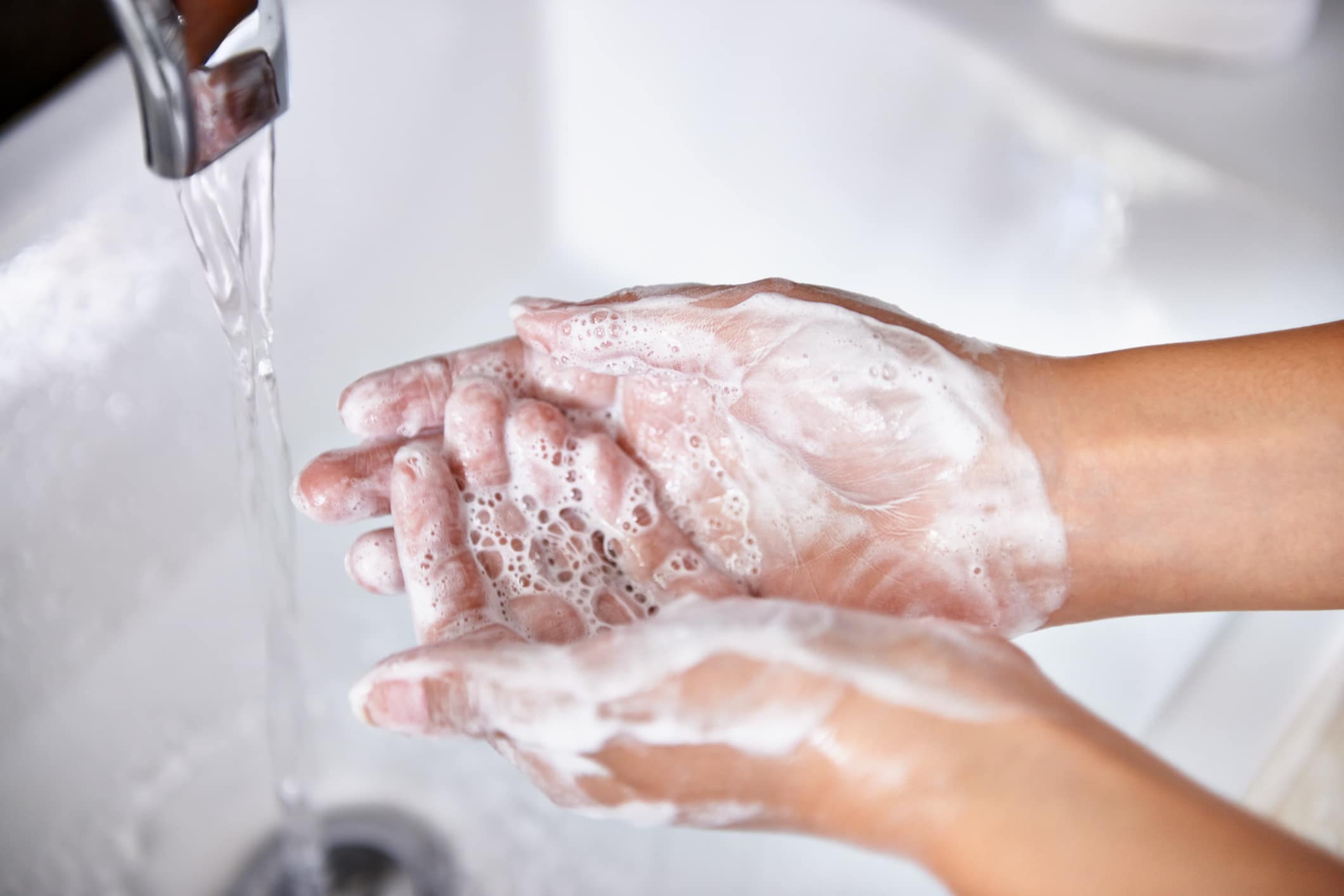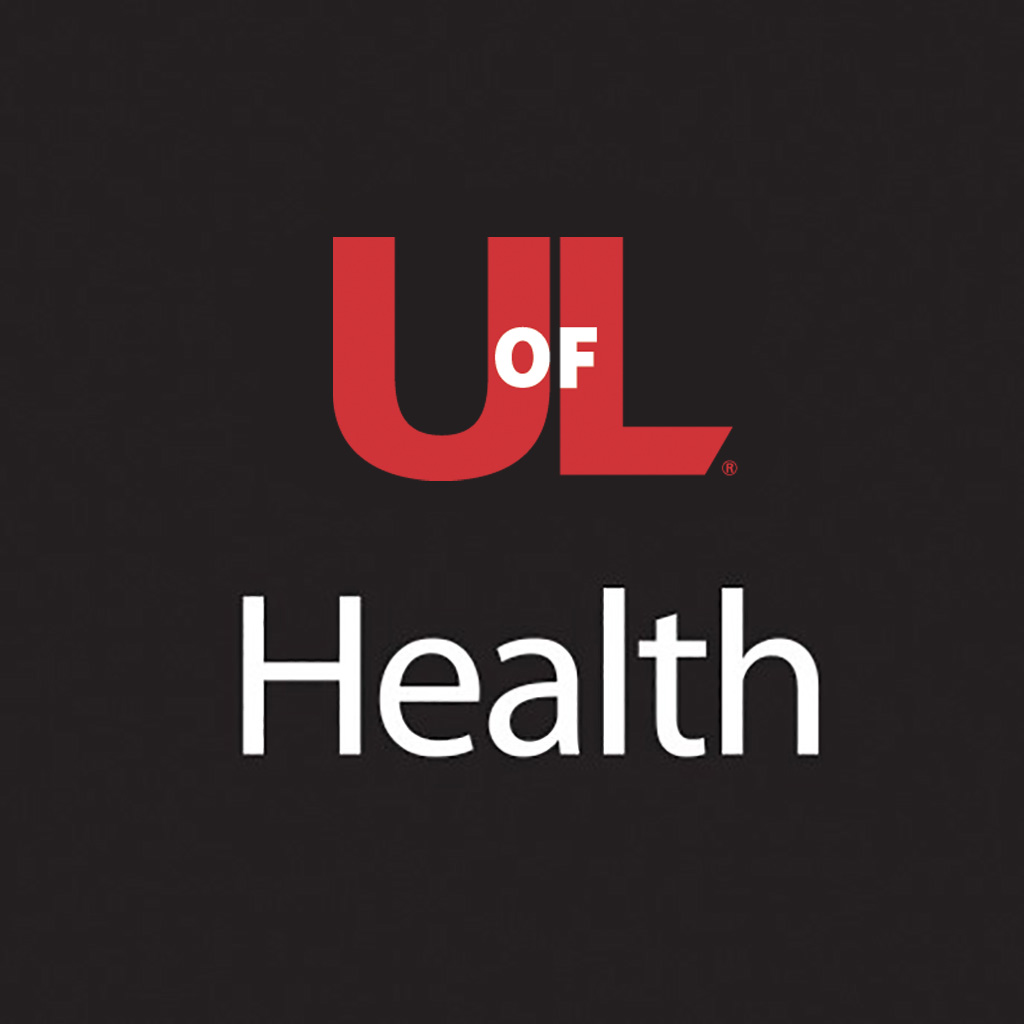
 While we practice social distancing there are also common-sense ways to help slow or stop the spread of COVID-19. Following the below guidelines, especially in your own home, can help keep you and your families safe.
While we practice social distancing there are also common-sense ways to help slow or stop the spread of COVID-19. Following the below guidelines, especially in your own home, can help keep you and your families safe.
WASH YOUR HANDS.
You’ve heard it once, and you’ll hear it again! PROPERLY wash your hands, especially after you’ve been out in public or after touching a lot of surfaces:
• Wet your hands, scrub everywhere (under those fingernails, too) with soap for at least 20 seconds, then rinse and dry well with a clean towel. Use hand sanitizer – when you can’t get to a sink.
Hand-washing is so important that if everyone followed good hand-washing hygiene, it could prevent an estimated 1 in 5 respiratory infections, according to the CDC — that’s the equivalent of about 6 million cases of the flu this year.
CLEAN HIGH-TOUCH SURFACES & ELECTRONICS
The coronavirus is most commonly known to spread mostly through respiratory droplets from person to person. However, there’s evidence that transmission can also happen by touching infected surfaces such as doorknobs, handles, light switches, remote controls, and even phone screens.
The CDC recommends a two-step preventive measure:
Step One: Clean visibly dirty services using a detergent or soap and water. Cleaning doesn’t kill germs, but it does lower their numbers and risk of spreading infection, which can make the disinfection step more effective.
Step Two: Disinfect using diluted household bleach solutions, alcohol solutions with at least 70 percent alcohol, and more common EPA-registered household disinfectants should be effective.
AVOID TOUCHING YOUR FACE
The mucus membranes on your face are easy entryways for coronavirus bacteria, and your hands can be contaminated without you knowing it.
“You can clean your hands all day, but as soon as you start touching things again … the germs on your hands increase,” said Connie Steed, the president of the Association for Professionals in Infection Control and Epidemiology.
COVER YOUR SNEEZE OR COUGH
Cover your mouth and nose with a tissue when you cough or sneeze, then put your used tissue in a lined waste basket. If you don’t have a tissue, cough or sneeze into your upper sleeve, not your hands.









